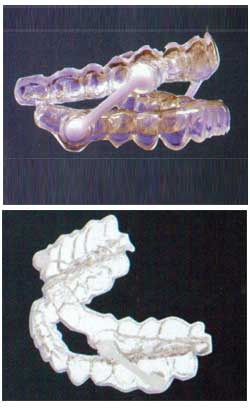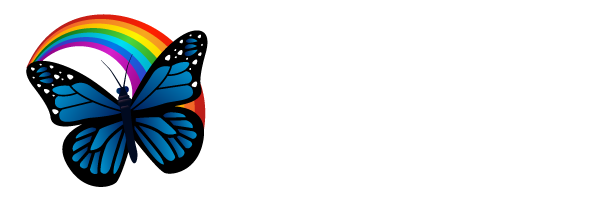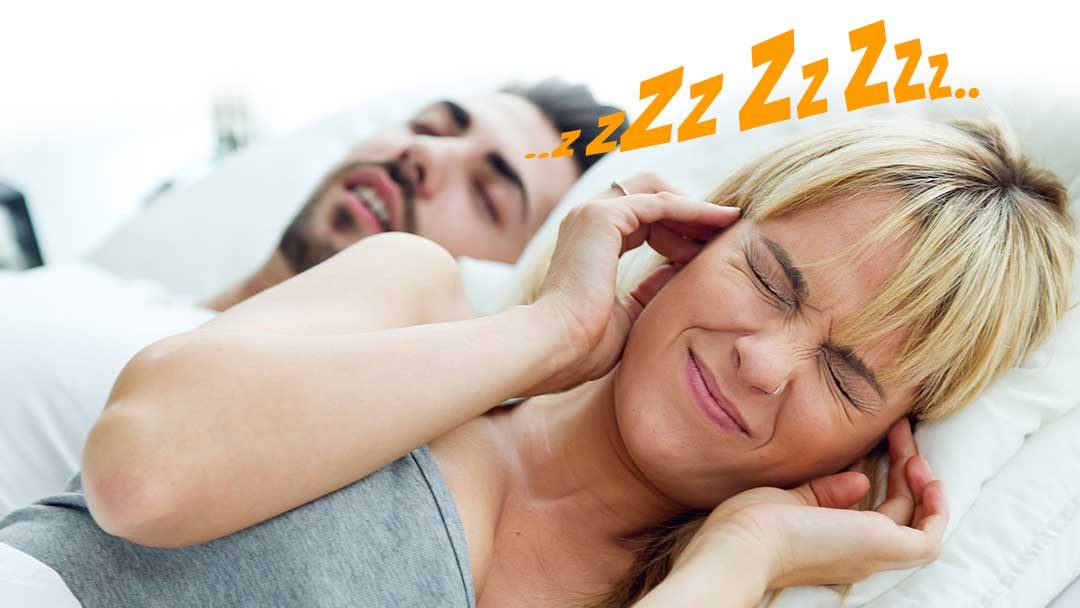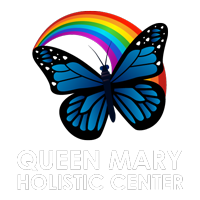What is Snoring and Sleep Apnea? – This is a new field in dentistry that evaluates the dental contributory factor on snorers and to apneic patients in their predisposition to the condition. Evaluation aims to find out the upper airway obstructions in the nose and throat (pharyngeal area). These obstruction lead to mouth breathing, thus snoring results in a noisy breathing while asleep. Annoying noisy sound is not only the concern but primarily the apneic episodes that put the life of individual in danger. Apnea is a condition that unconsciously put a person to stop breathing for at least 10 seconds or more wherein the brain is deprived of oxygen supply which in a worst scenario may result to brain death if not medically attended.

Normal airflow is key
to good sleeping

Narrowed air passage
causes snoring

Airflow is complete blocked
for people suffering from OSA
Dentists trained in managing snoring and sleep apnea attribute this condition to the structural lower jaw retrusion (backward position of the lower jaw in relation to the upper). Such retruded position diminishes the airway especially during sleep in a supine position. Insertion of Mandibular Oral Repositioning Appliance (MORA) could be of great help for opening the airway in the throat. Other obstructions cause by inflamed nasal turbinates, polyps, adenoids, and tonsils could be addressed by ENT doctors who specialize in sleep disorders.
Dentists at Queen Mary Holistic Center in association with sleep doctors offer optimum health management for snorers and apneic patients.
Understanding Sleep Apnea
Apnea is a Greek word that means “want of breath”. A person is considered to be a sleep apnea sufferer when they stop breathing for at least 10 seconds up to thirty times or more a night. A few of the medical and dental conditions that can lead to snoring are:
Overweight, a small retruded jaw, sedatives, allergies, alcohol before retiring, airway obstruction
Snoring may be indicative of sleep apnea, a cessation of breathing during sleep, which can put a great strain on the cardiovascular system, Respiratory system & Kidney. This is why sleep apnea, left untreated, increases risk of heart attack and stroke. Besides snoring, other common symptoms of sleep apnea include:
– Morning headaches, dry mouth and throat, excessive daytime sleepiness, lost interest in sex sudden short-of-breath awakenings, choking or gasping.
– A lack of sleep effects our waking lives and those around us. Even the fable of “Sleeping Beauty” could have ended differently if the Prince had detected snoring and not awakened her with his magic kiss.

Diagnosis and Treatment of Snoring and Sleep Apnea
Sleep Laboratory Test Polysomnogram
This technologically advanced sleep study monitors breathing patterns, sleep stages and cardiac rhythm along with airflow and length of non-breathing episodes.
Different ways in treating Snoring and Sleep Apnea:
- Oral Appliance Approach
A conservative treatment is to have a dental appliance made to wear during sleep which gently moves the lower jaw forward causing a positive change in tongue position. Advantages of an appliance – also known as an orthotic device or mouth guard – over other therapies include:
- Inexpensive cost!
- Non-invasive!
- Easily accepted by patients!
- Reversible!
- Continuous Positive Airway Pressure (CPAP)
Consists of an air compressor and mask, which delivers pressurized air through the nose when a person is sleeping. This opens up the airway from the inside – as if the air were an internal splint. The biggest hurdle for using this method is compliance. Many patients feel claustrophobic with it and others find wearing the mask to be offensive. The strap of the mask worn around the head may even cause headaches.
- Surgery
This is the most invasive method of treatment and is performed only in cases of severe obstruction apnea when excessive tissue reduces the airway space. This surgery is known as UPPP surgery.
(Uvulopalatopharyngoplasty) and, according to most clinicalinvestigations, is only 50% effective except in cases where abnormalities are present; enlarged tonsils, nasal polyps, a deviated septum or jaw malformations. These defects are helped and corrected by surgery procedures.



Actual Patient Case
Obstructive Sleep Apnea
Patient #2 – Male, 38 yrs. old
Complaints: Snoring, breathing problem, apnea (no oxygen supply to the brain for few seconds), chronic fatigue
Management: Lower jaw repositioning
Day: orthopedic appliance
Night: Snoring appliance wtih nasal dilator
Weight loss management: Exercise
Testimonials
Instantly, Dr. Chavez identified my condition, and after 1 week, wearing my splint and snoring appliance gave me instant relief especially from the chronic migraine during daytime and my sleeping problem went away the first night I wore my sleeping appliance!
It had been almost 3 months since October 2006 that I had visited Dr. Chavez, and since then, I had 100% restful sleep!”
Thanks to Dr. Chavez and to her highly skilled associates.
Interested to know more about the service?
Schedule a visit now!



